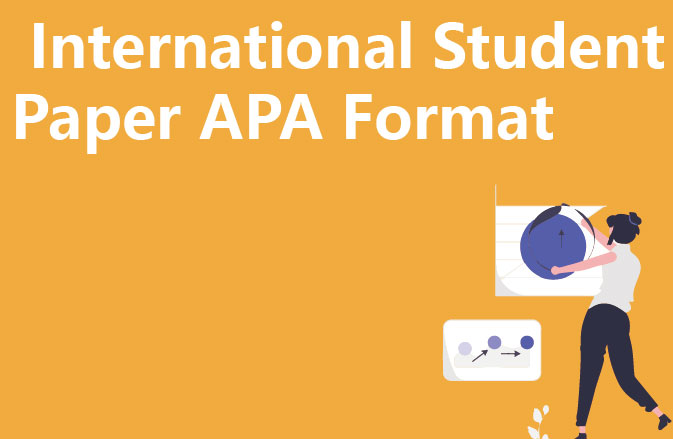APA format is an academic paper format prescribed by the American Psychological Association, which has been updated to the seventh edition. This format is popular in the academic world, mainly to regulate literature citation and layout of charts and graphs, and so on. For example, it is widely used in the fields of education, literature, psychology and sociology.
How to make a table of contents using APA format?
It is too troublesome to make a catalogue manually! Nowadays, many computers have software that automatically generates a catalogue. The basic operation is as follows: first of all, open the Word document to be inserted into the bibliography, point to the upper left corner of the “citation”, and then select the document title, and then click on the “catalogue level”, according to the actual situation of the title of the level of the election, and finally back to the document interface, point to the “catalogue”, point to the “catalogue”, and then click on the “catalogue”. “Catalogue”, to provide four options, according to personal preference to choose a custom directory on the line.
What are the changes in the seventh edition of APA format?
APA first line indentation: use the Tab key;
APA line spacing: use double spacing;
Font: use Times New Roman, font size 12;
Margins: set 1 inch (2.54 cm);
The first page header to put Running head (title short version, all capitals), page code in the lower right corner of the page;
DOI and URL format is the same, do not need to mark separately;
Leave a space after the period;
When quoting, use double quotes instead of italics;
Up to 20 authors and acronyms in the reference entry;
References to e-books just need to indicate the publisher.
How do I write APA format?
APA heading format:
Level 1: Centred, title in all capitals;
Level 2: centred, italicised, title in all capitals;
Level 3: left justified, italicised, title in all capitals;
Level 4: indented, italicised, title in lower case with a full stop at the end;
Level 5: centred, headings in all capitals;
The number of headings determines which level of headings to use (more than 2 in the order of the first major heading → minor heading):
Only 1: use level 1 headings
2: use level 1 and level 3 headings
3: use level 1, 3 and 4 headings
4: with level 1, level 2, level 3 and level 4 headings
5: with level 1, 2, 3, 4 and 5 headings.




